Have you ever been driving around and noticed one of these huge metal antennae towers erected beside a home?
These are Ham Radio towers. ‘Ham Radio’ is non-commercial, amateur radio-broadcasting activity which has carried on for nearly a century all over the planet. Although by definition both amateur and non-commercial, Ham Radio is regulated by the governments of the world (including the US) and a license is required in order to participate. The plus side of the this regulation is that, unlike, say, C.B. radios, Ham Radios can be incredibly powerful and experienced operators can (with the right equipment) directly contact other like-minded enthusiasts all over the world. This actually sounds a lot like something else we’re familiar with… oh right the internet.
So much can be said about this venerable institution, and I am not person to do the explaining. So why discuss it here? Well… most common of the signals sent with Ham Radio has always been the human voice; many Hams have, and still do, carry on the tradition of designing and building their own audio equipment; and the innovations sprung from this field have played an important role in the development of audio technologies that we all use today. The importance of the technical aspects of signal transmission/reception in the Ham community cannot be overstated; in fact, most of he conversations that go on using this technology are in fact concerning the signal quality itself. A direct consequence of this importance of signal integrity is that Radio Hams would often send physical postcards, in the actual mail, to those individuals with whom they had chatted with on-air. These postcards confirmed the technical operating parameters of the radio equipment in-place when the successful conversation took place. These are called QSL cards, and they are one of the most fascinating and exciting examples of vernacular graphic design that I am aware of. E. purchased a crate of several hundred at the flea market yesterday; they all date from around 1980-1987 and they are really idiosyncratic and beautiful. Here I will present some of my favorites:
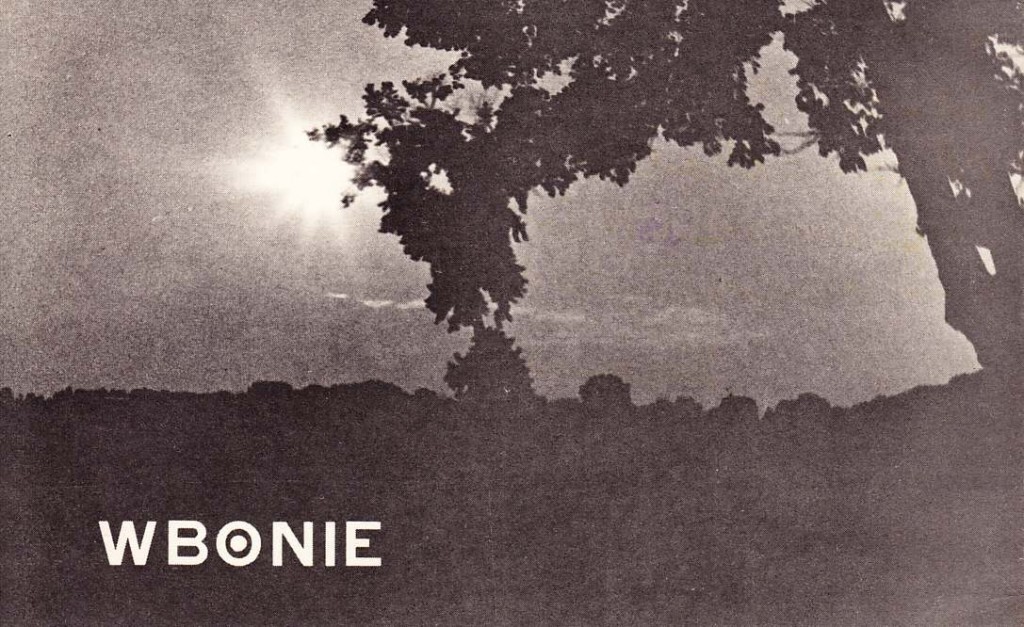
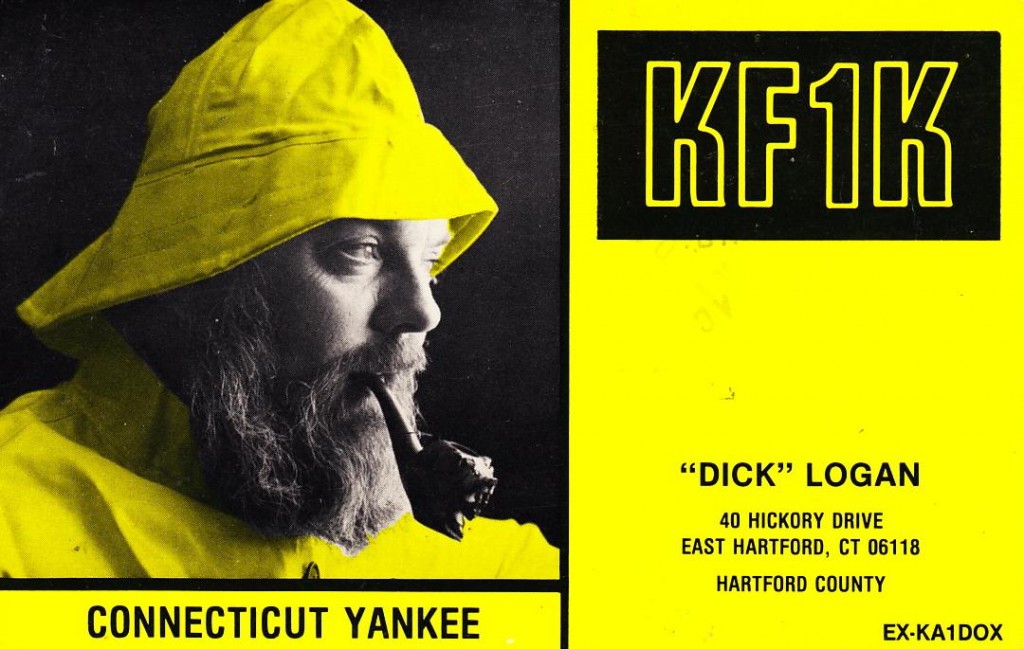
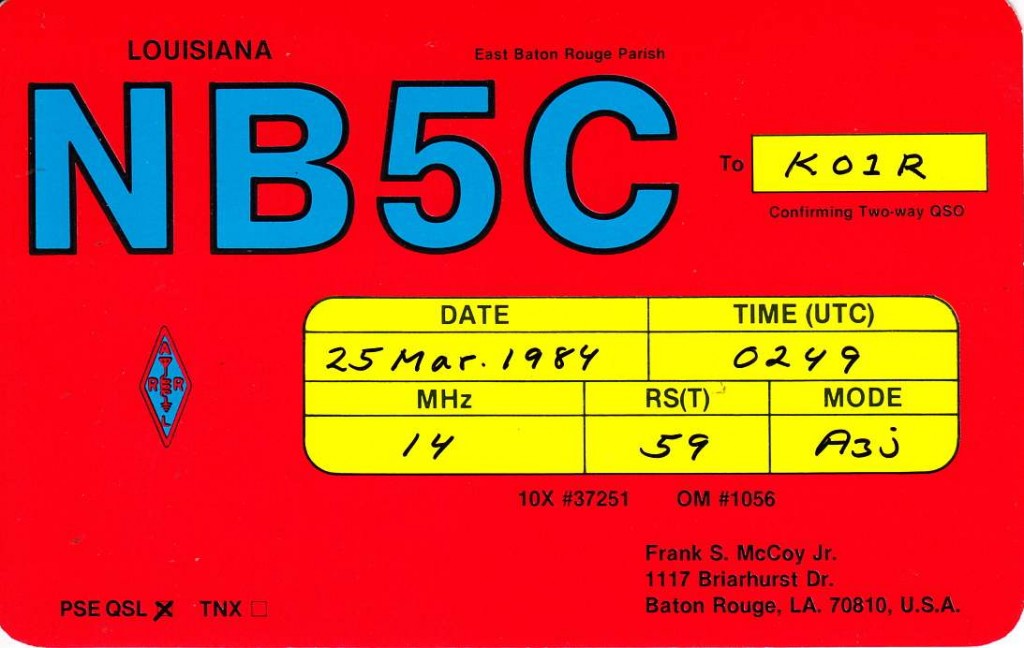
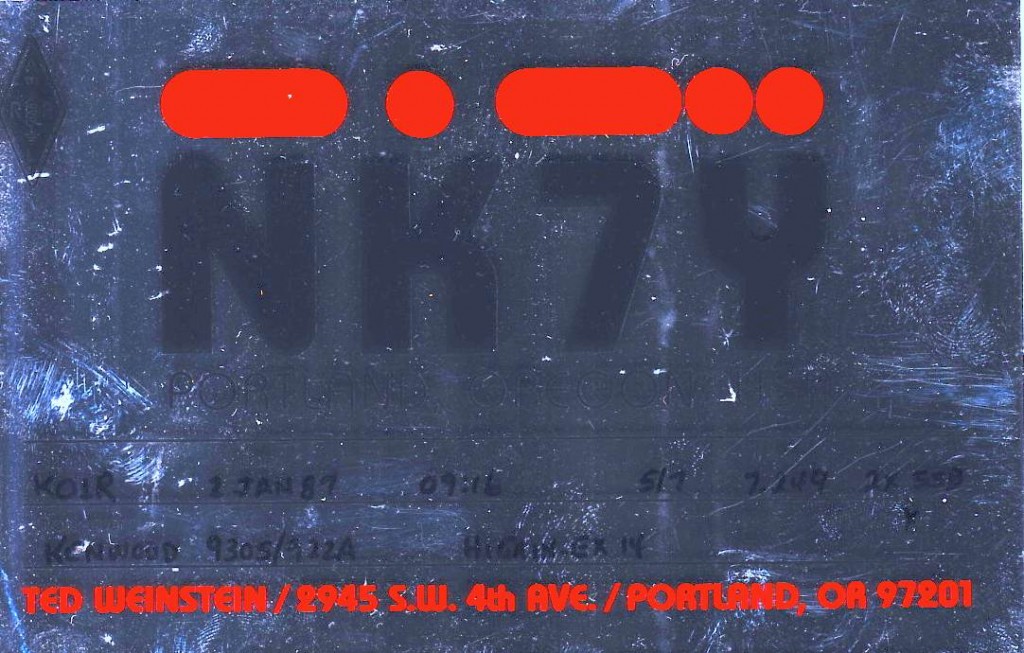
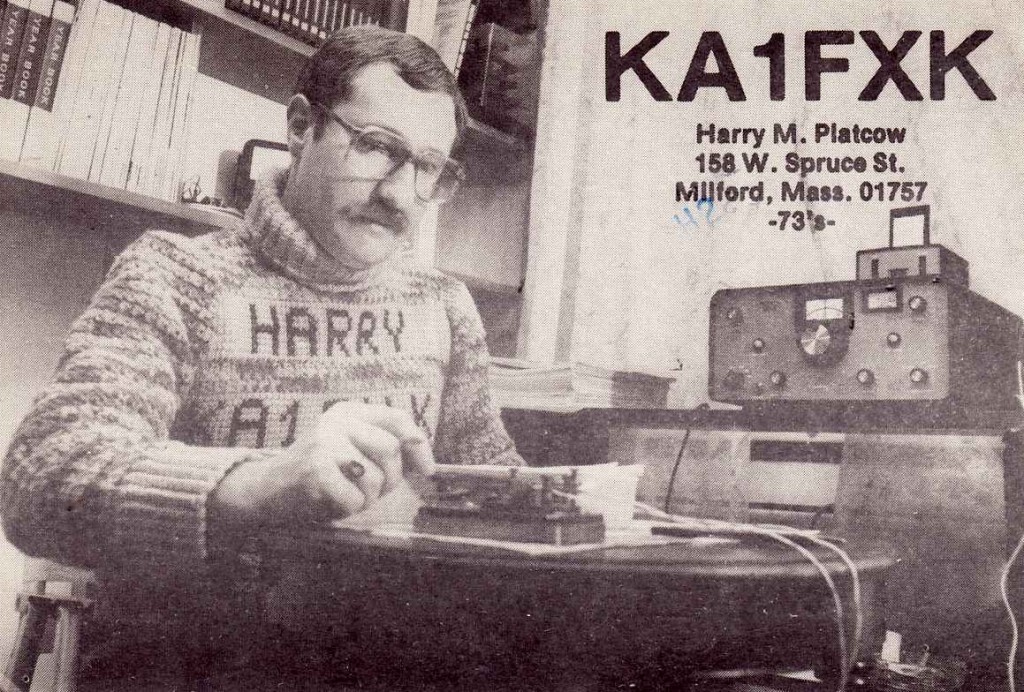
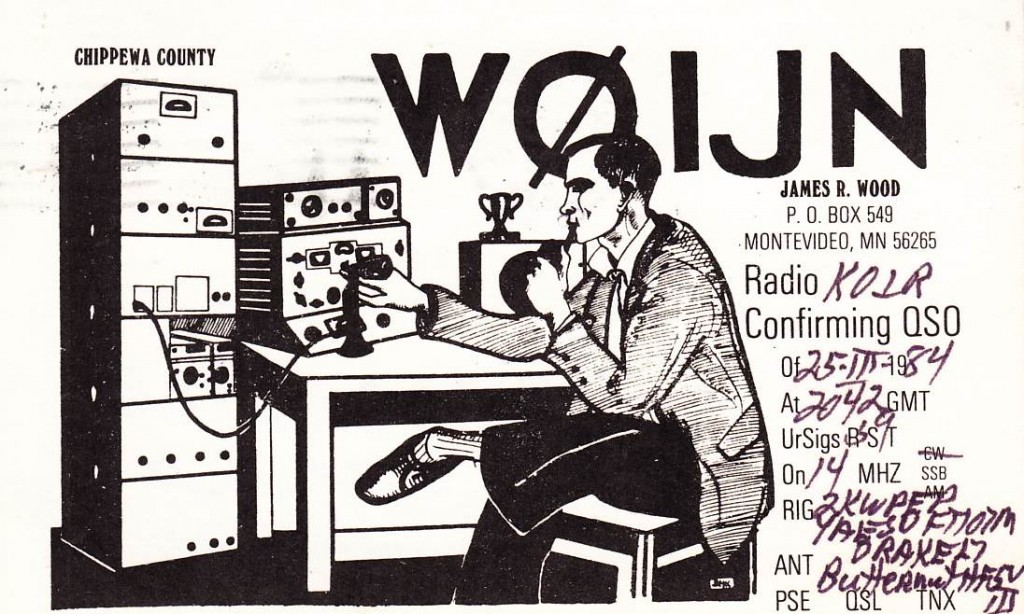 Follow the link below to continue…
Follow the link below to continue…
All of the cards pictured above were sent by male Ham operators. These seems to be a vastly greater proportion of male Hams to female, but ladies (and couples!) are represented too….
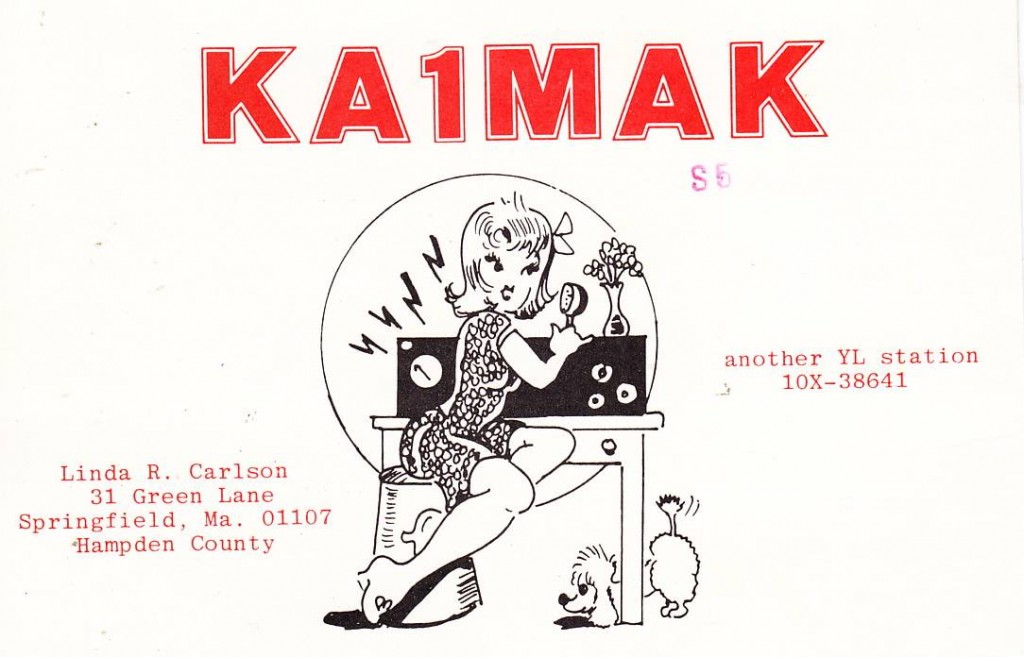
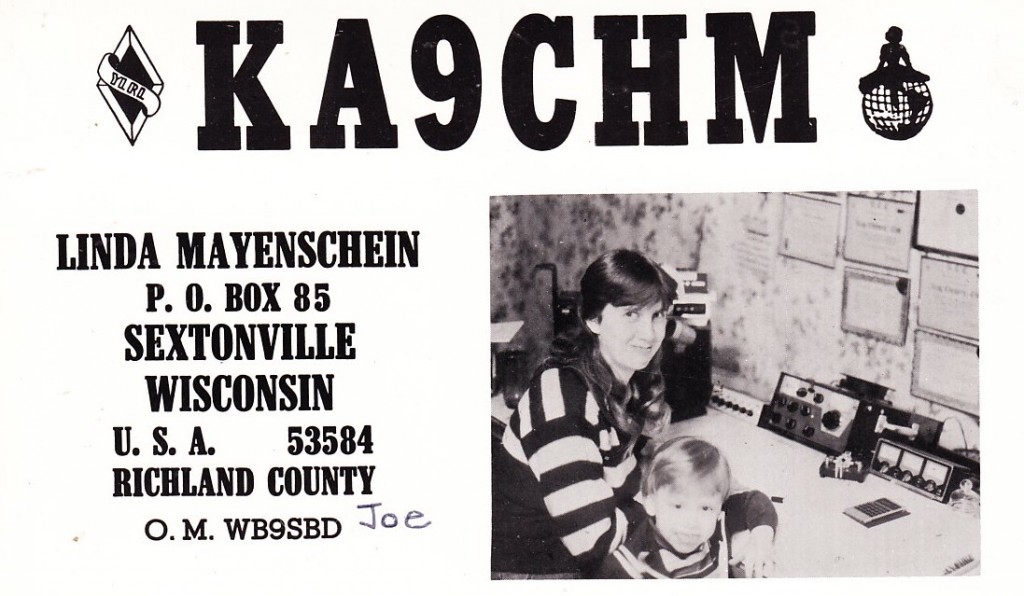
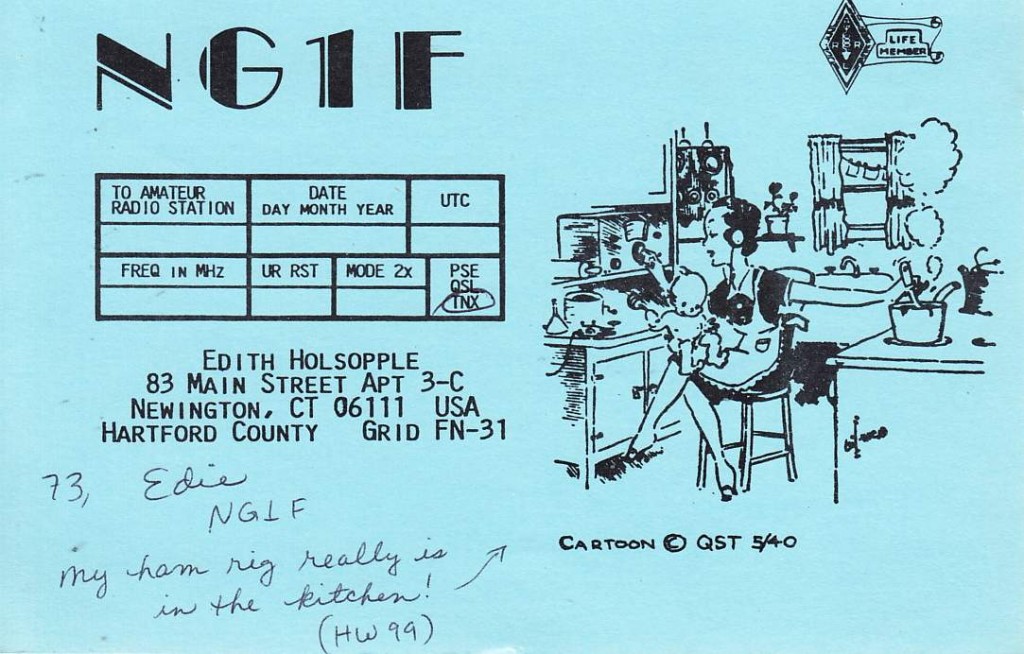
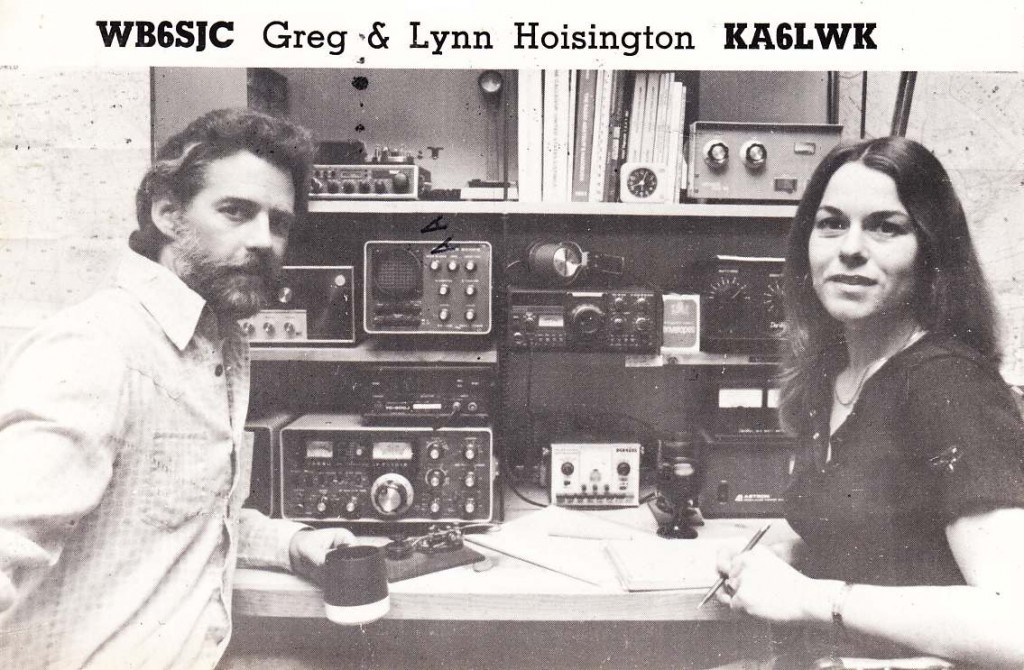 The images you are seeing above are the forward-facing ‘picture’ sides of the postcards; the backsides contain technical details regarding the reception, as well as address information and often a personal note of some kind. Here’s a look at the reverse of one card; this will give you a good sense of the kind of information that’s being exchanged.
The images you are seeing above are the forward-facing ‘picture’ sides of the postcards; the backsides contain technical details regarding the reception, as well as address information and often a personal note of some kind. Here’s a look at the reverse of one card; this will give you a good sense of the kind of information that’s being exchanged.
*******
***
Looking at this box of hundreds of cards, you can imagine the countless hours and years spent accumulating them; days spent fine-tuning equipment and searching the airwaves for another person to speak with briefly. As you might imagine, these cards only ended up in my hands due to the passing of the man who had collected them. In Ham Radio speak, a deceased operator is termed a ‘silent key,’ ‘key’ refers to a morse code input-key; morse code being the first type of signal sent by radio waves well over a century ago. So much of the antique vacuum-tube audio equipment that we modern audio DIY’ers encounter, purchase, and dissect in pursuit of our various projects comes from the radio-shacks of these silent keys; the legacy of men and women who harnessed primitive hardware to reach out across great spans and make contact with others.
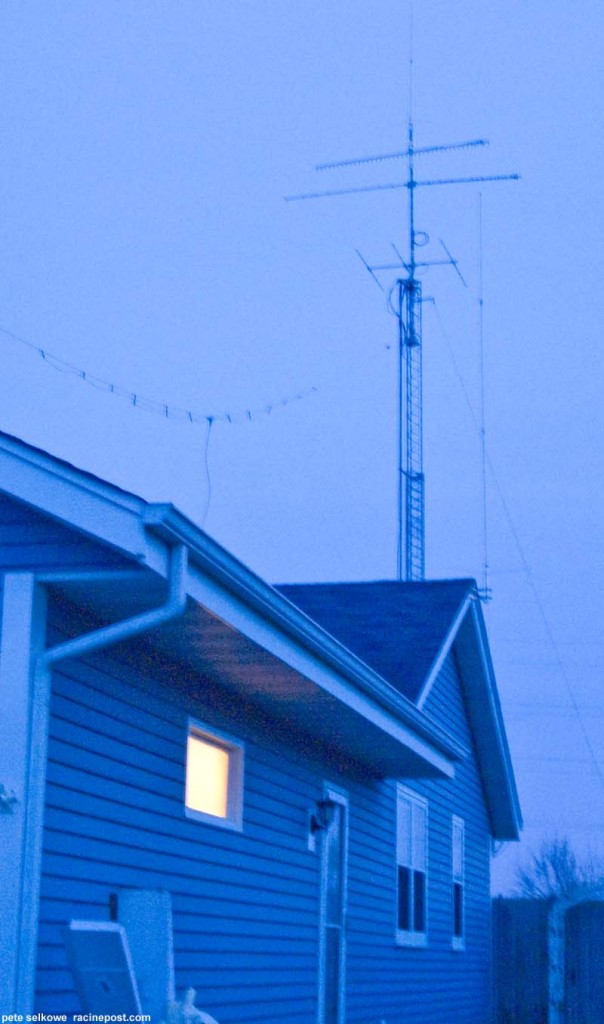
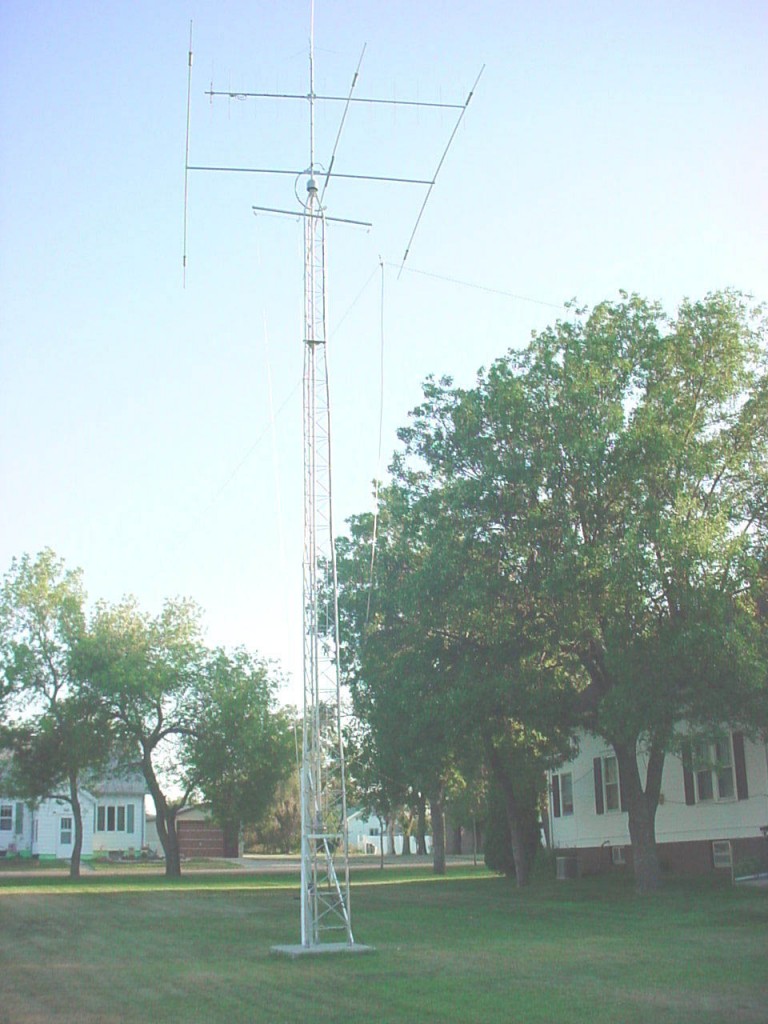
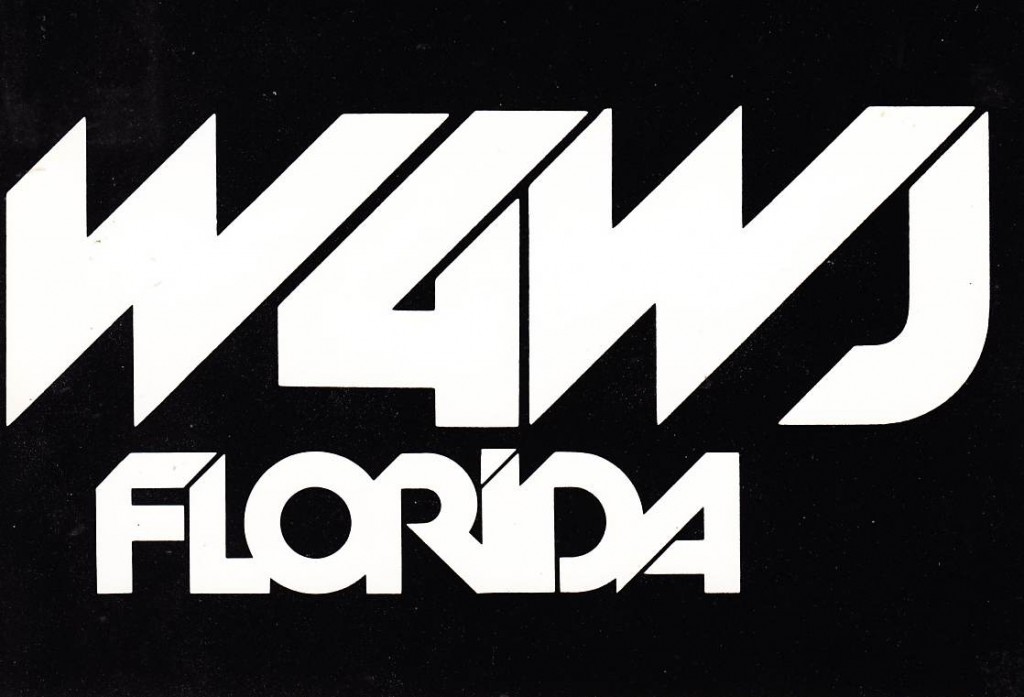
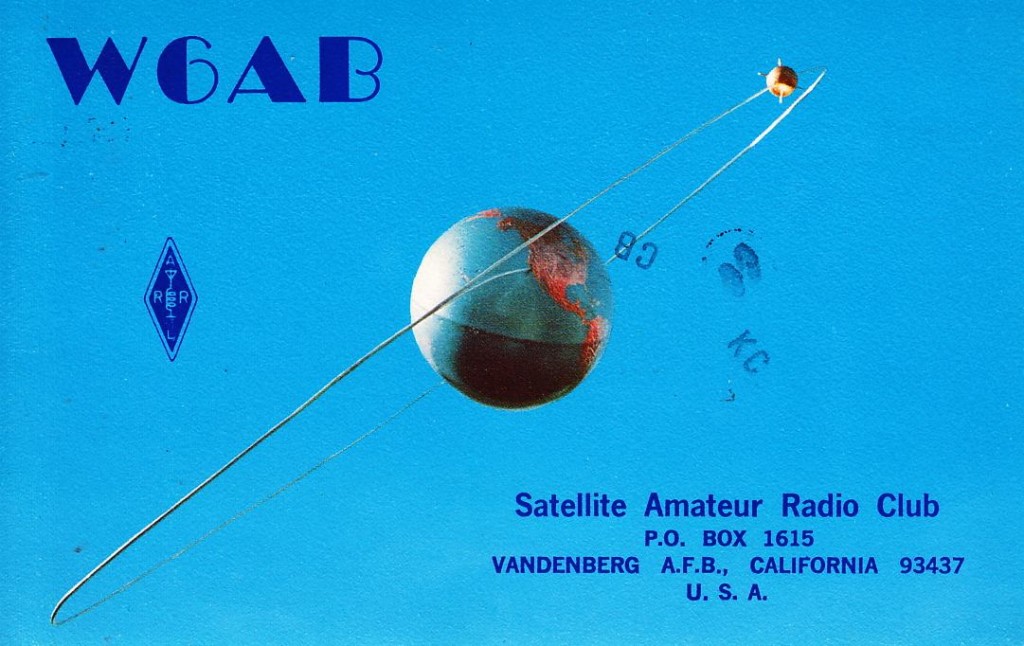
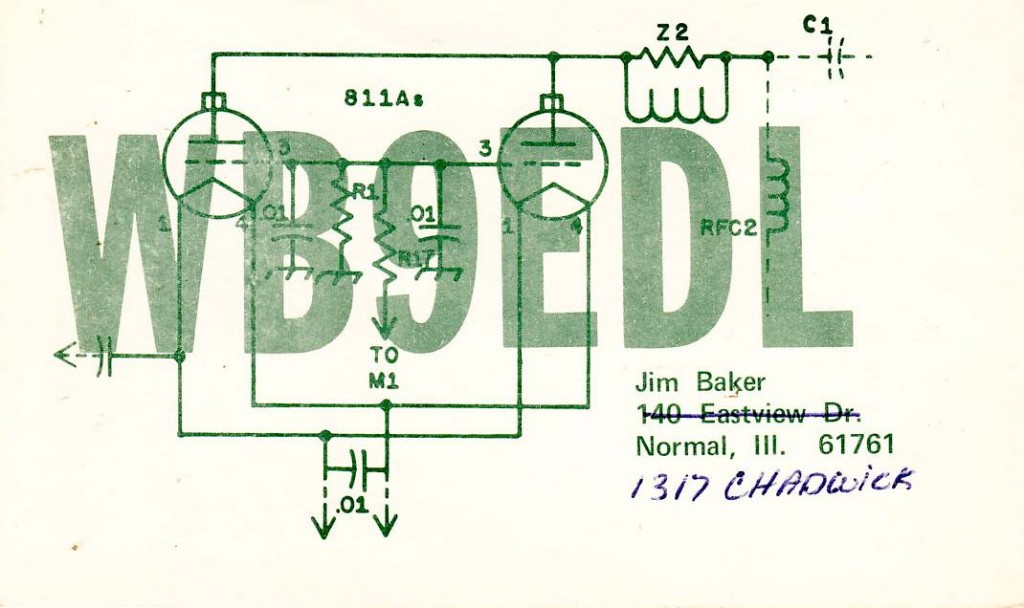
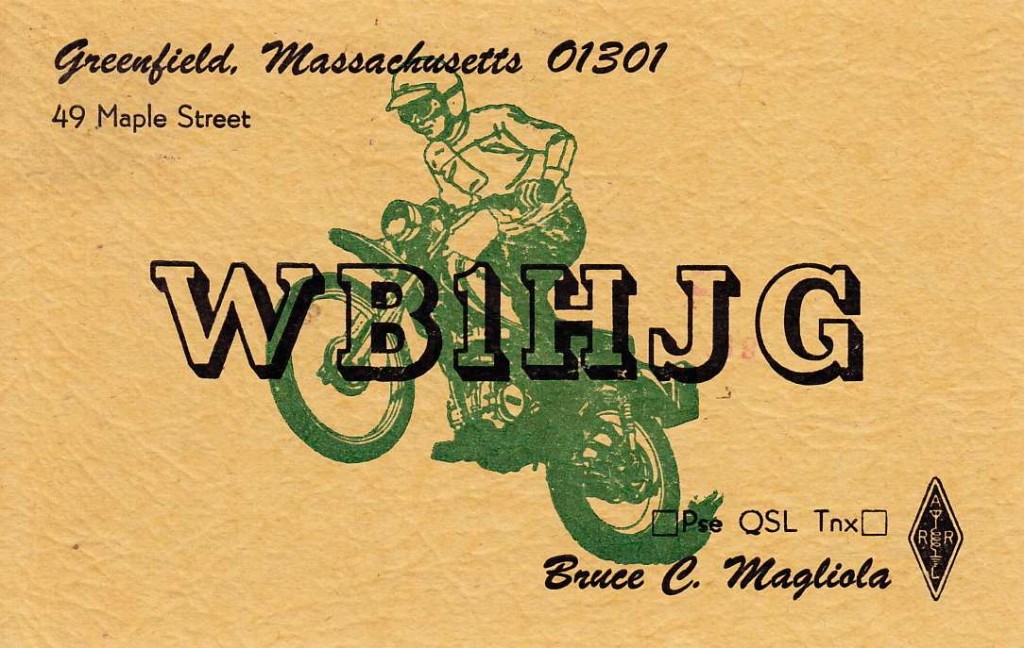
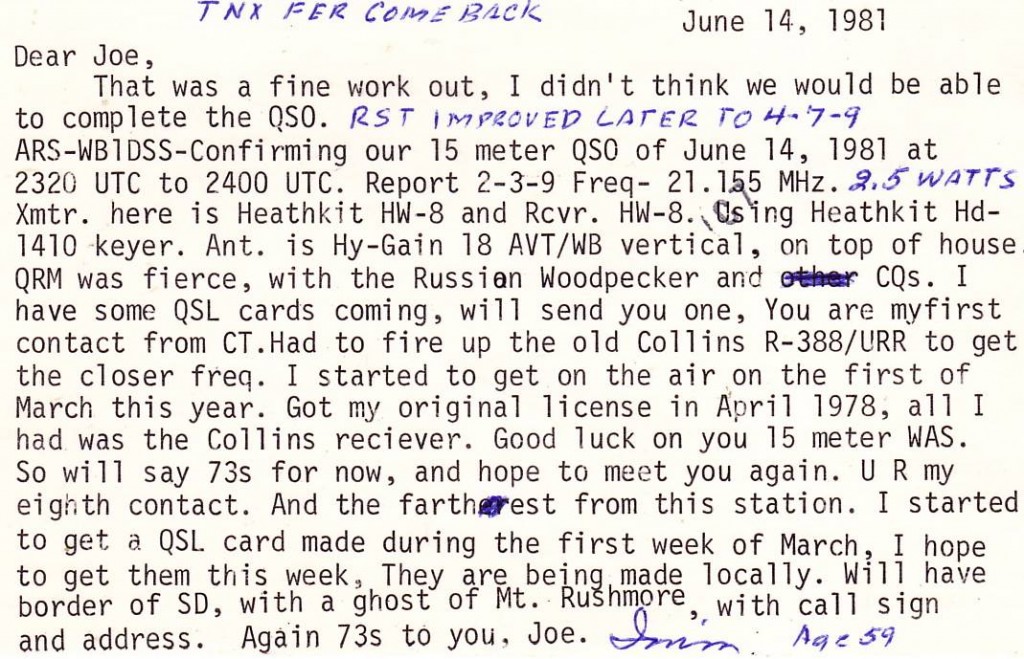
3 replies on “Ham Radio, Vernacular Graphics, and Silent Keys”
That was a fine write up on the QSL cards. Even a lot of the cell phone technology and texting we do now stemmed out of ham radio. Precurser to the internet was packat radio. On the text messaging side, CW, morse code was really the first text chat and was started back in the day of wired telegrapgh, where the telegraph operators along the railroads would chat with each other to bide the tome between official mesaages. Quite a bit of history here.
Especially thanks for the mention of the Silent Key. That is considered a very high honor and great respect is always given. Thanks, Jerry
This is a nice site that I somehow found. Lots of good stuff to say the least and thanks for the fine Ham Radio write up!
Mighty fine write-up on Ham Radio. Especially from apparently a non-Ham. The W4WJ card – in 1959 that operator was licensed as KN4FMA and I was KN4FWJ (both learning novices in Florida) and we would frequently exchange messages in Morse code. BTW – re “over the world” message exchange – the Internet is nice but nothing replaces the thrill of communicating with someone 10,000 mi. away without any wires or 3rd party assistance.